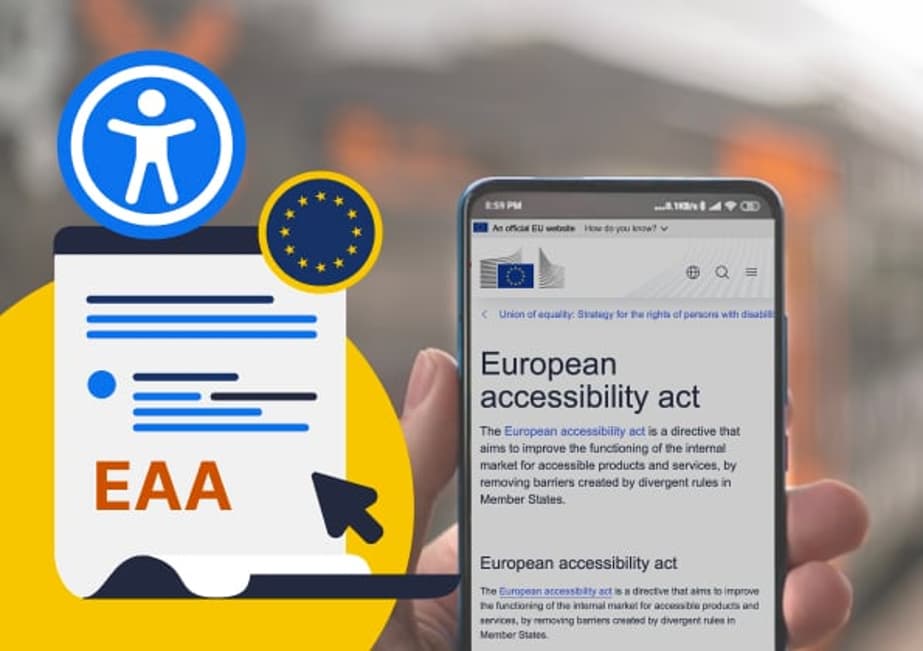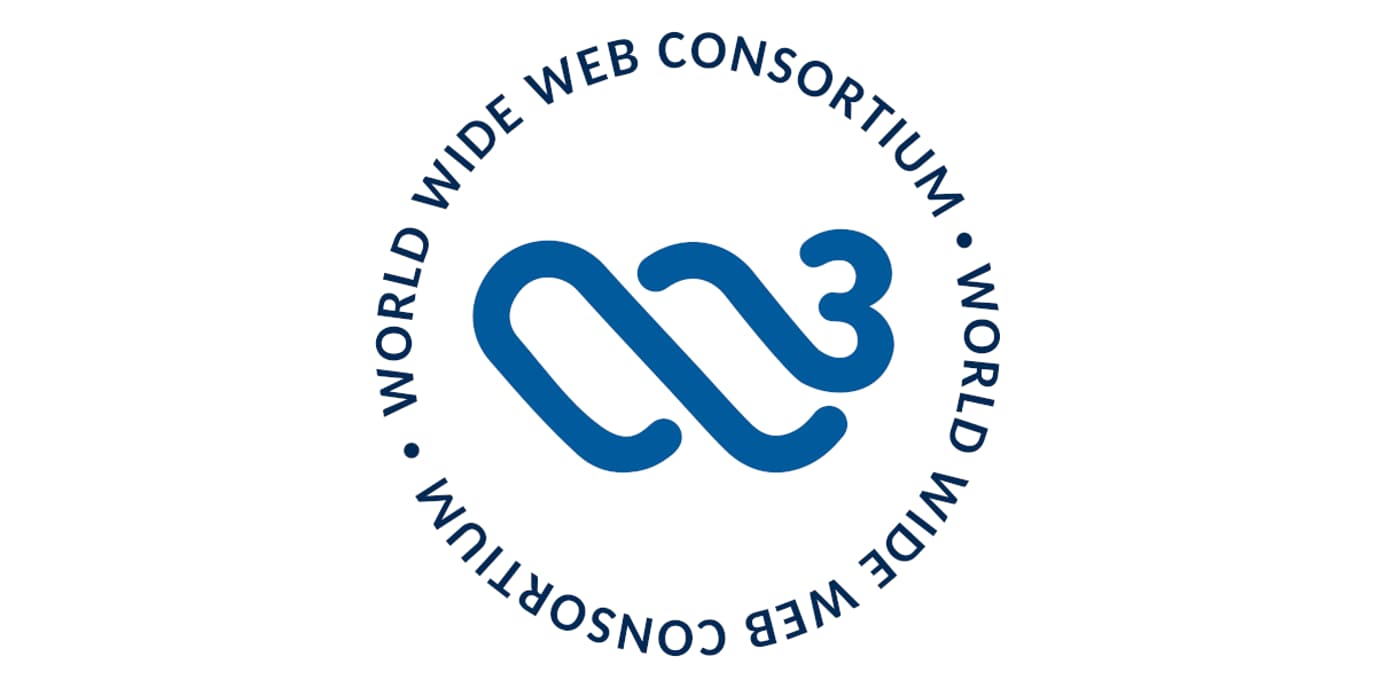With less than four months remaining before EU member states begin enforcing national laws derived from the European Accessibility Act, all online retailers and service providers selling to consumers in the EU must take action now to ensure they comply with the Directive.

A quick guide to the European Accessibility Act
Accessibility has long been a key requirement for public sector organisations and more of a “nice to have” for many private companies. However, the European Accessibility Act (EAA) is set to change that and we are totally on board! Accessibility is a topic we have been promoting to our clients for a long time.
The European Accessibility Act was adopted in 2019, requiring EU member states to introduce national legislation enforcing accessibility standards in line with the EAA by June 2022. While this is not necessarily new legislation, the deadline for businesses to comply with their country’s laws is fast approaching (June 2025). Now is the time for businesses to assess their digital accessibility and take proactive steps towards inclusivity. Despite being an EU directive, the EAA will still impact UK-based companies selling to EU countries.
This new legislation, designed to improve access to products and services for people with disabilities, will have a significant impact on the private sector. Many businesses that have never had to consider accessibility in their offerings will now need to ensure compliance.
Accessibility benefits everyone, not just people with disabilities, so compliance will result in better usability and more positive user experiences for all customers or users.
When do organisations need to comply?
The deadline to comply with the requirements of the European Accessibility Act is June 28th 2025. If you are still not compliant, then it is crucial to get a move on. You have just under four months from the time of writing to put in place whatever your organisation needs to ensure you are compliant.
Who needs to be compliant?
Businesses in EU countries, as well as UK-based companies selling to EU customers, are required to comply with the national laws derived from the European Accessibility Act. However, exemptions may apply for smaller enterprises specifically; companies that have fewer than 10 employees; an annual balance sheet below €2 million; and that primarily operate as business-to-customer entities. It is important to note that the application of these exemptions can vary by country as each EU member state transposes the directive into national law, so consulting local guidance or professional advice is recommended.
What is covered by the EAA?
The EAA covers a list of products and services – these have been put together as they have been identified as being most important for persons with disabilities while being most likely to have diverging accessibility requirements across EU countries. For many of the following, where they are provided through websites and mobile device-based service, this is also covered by the Directive:
- Computers and operating systems
- ATMs, ticketing and check-in machines
- Smartphones
- TV equipment related to digital television services
- Telephony services and related equipment
- Access to audio-visual media services such as television broadcast and related consumer equipment
- Services related to air, bus, rail and waterborne passenger transport
- Banking services
- ebooks
- eCommerce
What do organisations need to do to be compliant?
The EAA states that the four principles of accessibility of websites and mobile applications, as used in Directive (EU) 2016/2102 (which introduced accessibility requirements for websites and mobile applications of public sector bodies) are also relevant in this Directive. These are the same four principles that are set out in the Web Content Accessibility Guidelines (WCAG) 2.1 by the World Wide Web Consortium (W3C):
- Perceivability, meaning that information and user interface components must be presentable to users in ways they can perceive;
- Operability, meaning that user interface components and navigation must be operable;
- Understandability, meaning that information and the operation of the user interface must be understandable;
- Robustness, meaning that content must be robust enough to be interpreted reliably by a wide variety of user agents, including assistive technologies.
The EAA states that “accessibility should be achieved by the systematic removal and prevention of barriers, preferably through a universal design or ‘design for all’ approach, which contributes to ensuring access for persons with disabilities on an equal basis with others.” This means that ideally, any products or services should be designed in an inclusive way rather than trying to bolt on accessibility as an afterthought.
Organisations need to review their products and services, and determine whether they meet these principles and the requirements of the Directive. If they don’t then they need to implement accessibility measures to be compliant. Organisations also need to publish the public-facing documentation that is required to be published by the applicable laws.
As well as making the immediate changes needed ahead of the June deadline, it is crucial to ensure that as an organisation you maintain a focus on accessibility. This requires regular audits or reviews, updates and training. By taking an ‘accessibility first’ approach, you will not only maintain compliance with the EAA, but you will, as a result, be reaching a much larger audience for your organisation.
What can business expect from non-compliance?
Non-compliance with laws transposed from the European Accessibility Act can lead to severe consequences. Businesses might face financial penalties starting at €60,000 or even a percentage of global revenue. In Ireland, for example, CEOs can face up to 18 months in jail for failing to meet accessibility standards. In Spain, where the rules are already in force, airline Vueling was fined £90,000 because its booking process was deemed inaccessible. Interestingly, in Germany, it is possible to report non-compliant competitors, further encouraging adherence to accessibility requirements.
How we can help
According to Eurostat, 101 million people, or one in four people over the age of 16 in the EU, have a disability. The EAA also points out that “the demand for accessible products and services is high and the number of persons with disabilities is projected to increase significantly.”
The Directive highlights a shift in how accessibility is being viewed, moving beyond a concern for local authorities or a niche collection of private companies and into a mainstream business requirement. Perhaps the UK will follow this example in the future. Companies that embrace accessibility will be in a stronger position to adapt and thrive in an increasingly inclusive digital landscape.
We are dedicated to helping our clients get a step ahead and make sure they are ready for the EAA deadline. From detailed audits to full redesigns, our team will identify gaps, recommend practical solutions, and help ensure your digital experiences meet or exceed legal requirements.
—
We Create Digital is a UK-based website design and web development company committed to making digital experiences accessible for all users.





